
Blood might seem like a simple topic, but it’s actually one of the most important parts of your body. It’s the fluid that keeps everything running - red blood cells carry oxygen, white blood cells fight infections, and platelets help your body stop bleeding and heal.
In this blog, we’ll break down what blood is, its components, the main functions of blood, common disorders, blood groups, and even how doctors test and monitor it. Whether you’re revising for exams or just curious about how your body works, we’ve explained it all in a simple, student-friendly way.
Blood is the body’s delivery system - a fluid that keeps everything running smoothly. It flows through veins and arteries, carrying oxygen, nutrients, hormones, and even waste products. Without it, none of your organs would get what they need to function properly.
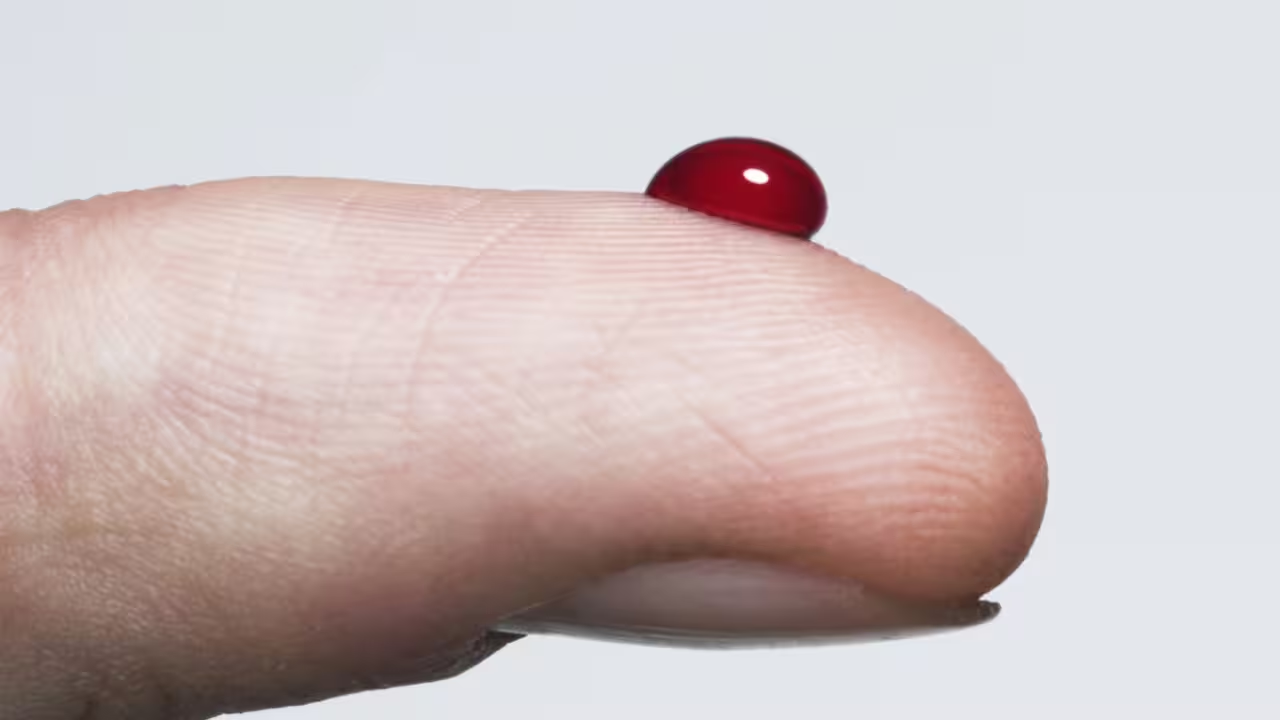
Think of it as a moving highway inside you - where every cell gets what it needs and sends back what it doesn’t. This red liquid isn’t just one thing though; it’s made of several components, each doing a specific job.
Blood is much more than a red fluid flowing through your veins. It acts as a transport system, a protector, and a regulator - all in one. Each component of blood has a role to play in keeping your body healthy and balanced. Here are the key functions of the blood:
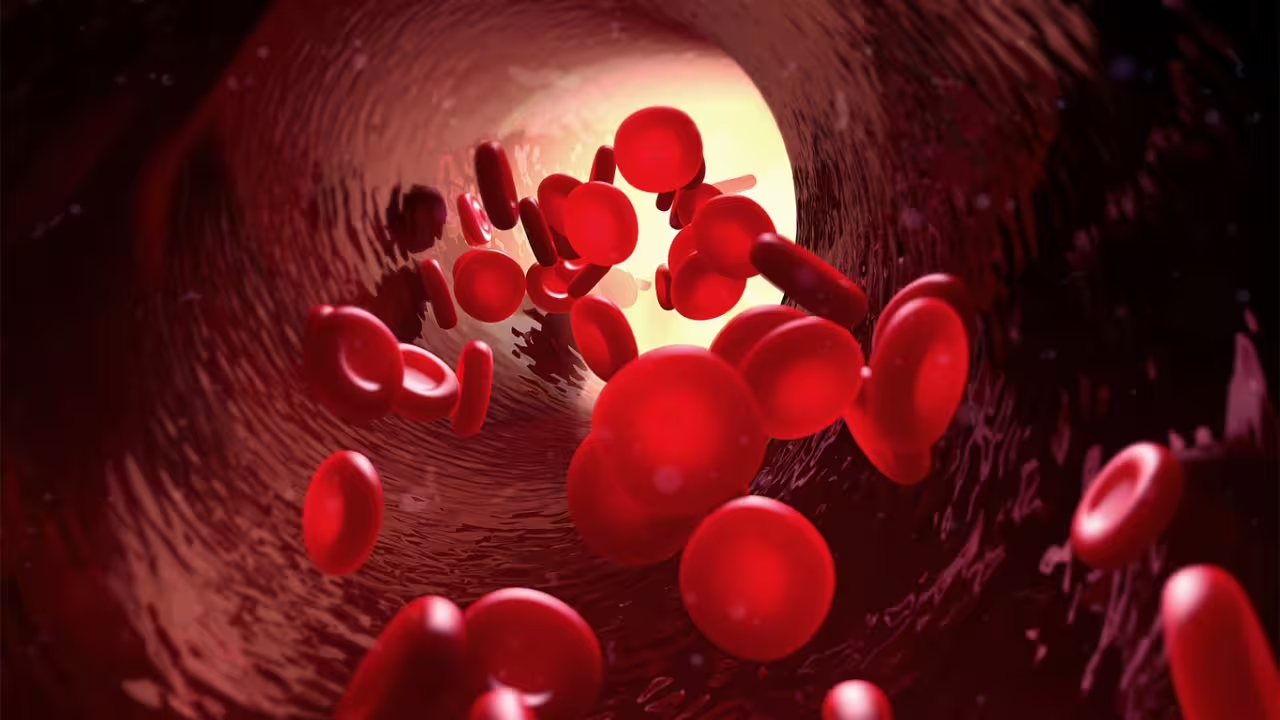
Blood carries oxygen from the lungs to every part of the body and returns carbon dioxide back to the lungs for exhalation. This is mainly done by red blood cells and their hemoglobin content.
Nutrients absorbed from food are carried to cells for energy and growth. Hormones released by glands are transported to their target organs to regulate body functions.
Blood helps maintain body temperature, pH, and water balance. Plasma proteins, salts, and blood flow work together to keep cells hydrated and stable.
White blood cells defend the body against bacteria, viruses, and other pathogens. Platelets help in blood clotting, preventing excessive bleeding when you get injured. Plasma also carries antibodies that fight infections.
Blood transports metabolic waste like urea and carbon dioxide to the kidneys and lungs for removal, keeping the body clean and functioning efficiently.
Plasma is the straw-colored liquid part of blood, making up about 55% of total blood volume. It’s mostly water, but it’s far from plain - it carries nutrients, hormones, proteins, and waste products throughout the body. Plasma not only moves things around your body, but it also keeps your blood pressure, pH, and fluid balance steady so everything stays in check.
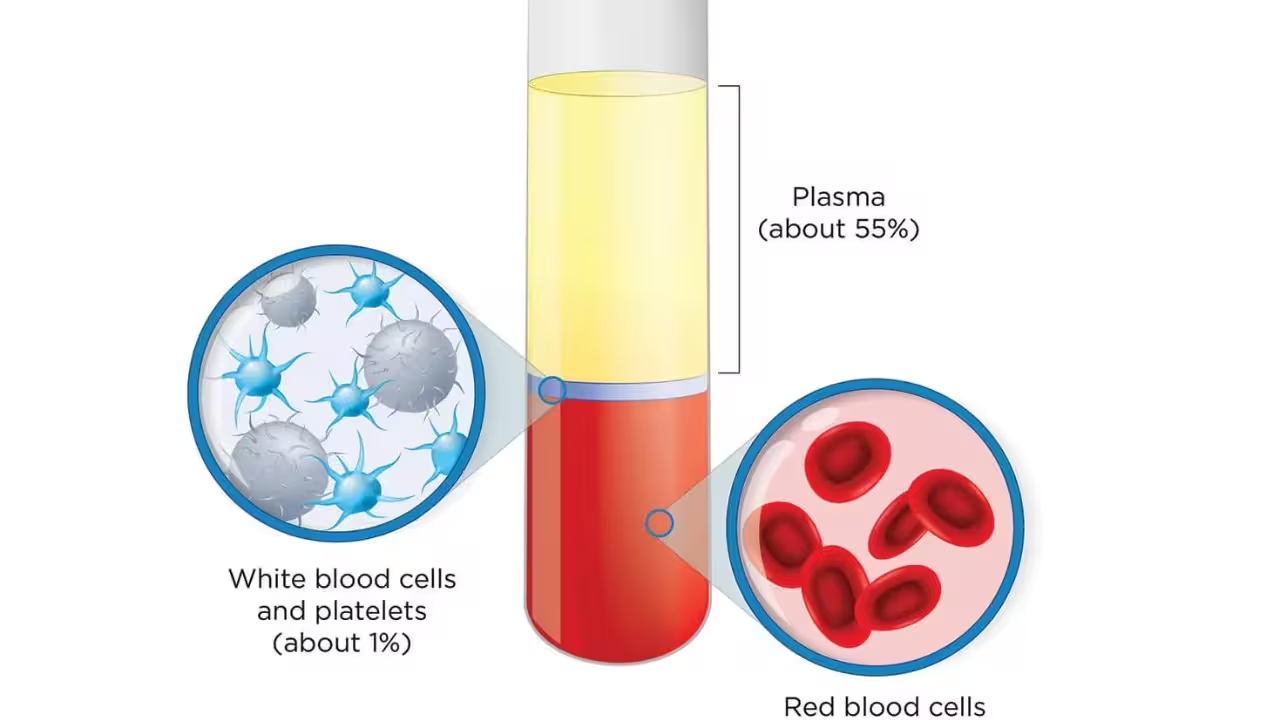
Here are the main components of plasma and their functions:
Blood isn’t just a red liquid - it’s a mix of specialized cells, each doing a crucial job to keep you alive and healthy. These cells float in plasma and perform tasks like carrying oxygen, fighting infections, and healing wounds.
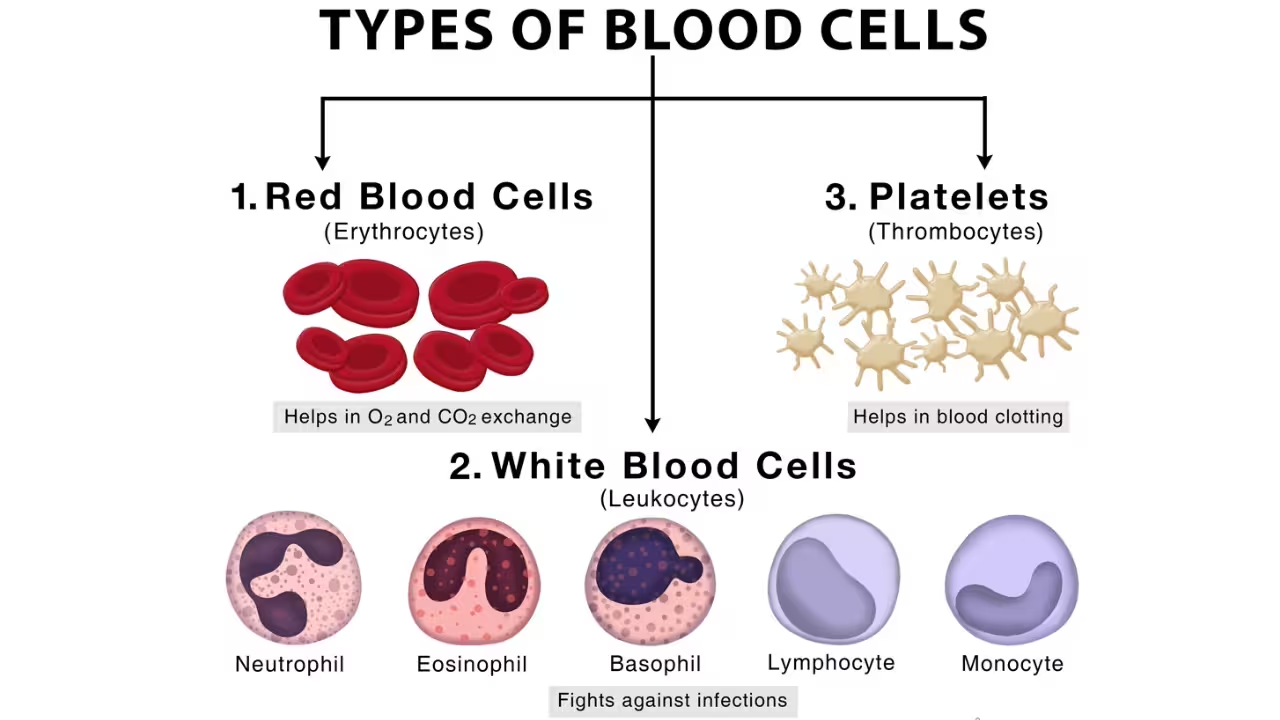
Here’s a quick breakdown:
Together, these cells keep your body running smoothly - transporting oxygen, fighting diseases, and repairing damage whenever needed.
Hemoglobin is a protein found in red blood cells that makes blood red and carries oxygen from the lungs to all body tissues. It also helps transport carbon dioxide back to the lungs for exhalation. Without hemoglobin, your cells wouldn’t get the oxygen they need, and energy production would be affected.
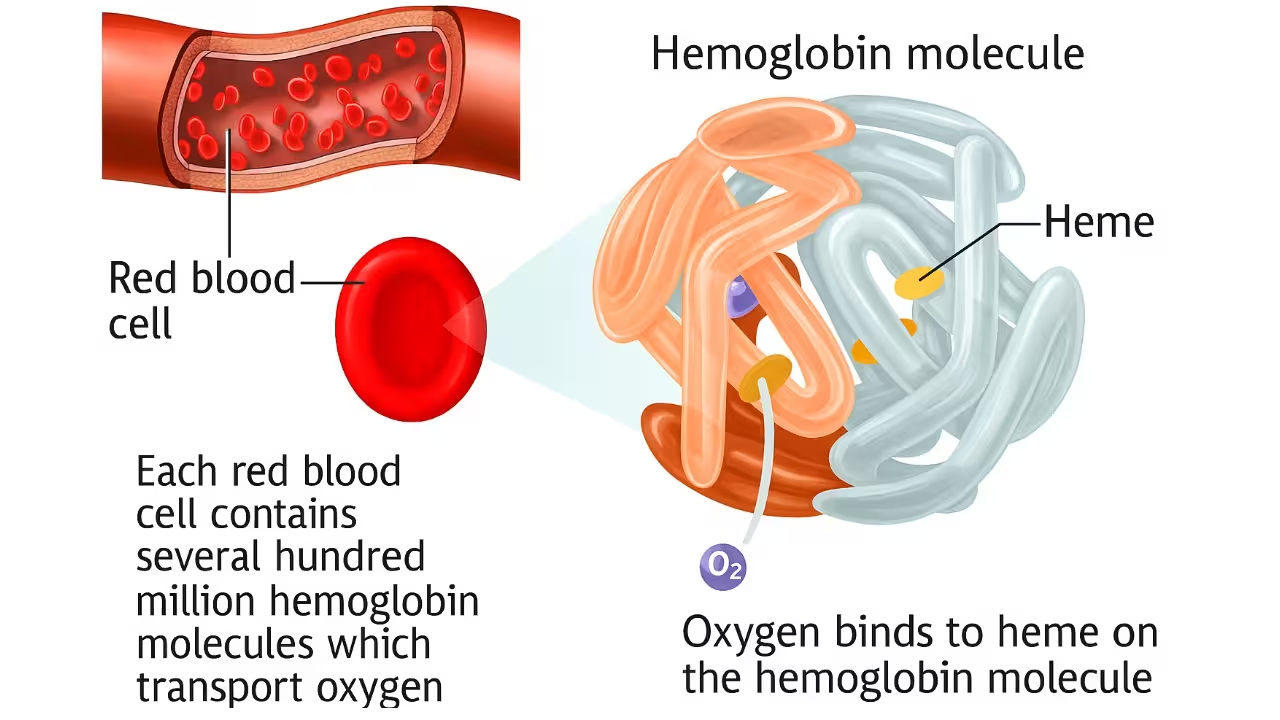
Human blood is categorized into different groups based on the presence or absence of specific antigens on the surface of red blood cells. The two primary systems used for blood grouping are the ABO system and the Rh system. Knowing these systems is crucial for safe blood transfusions, organ transplants, and prenatal care.
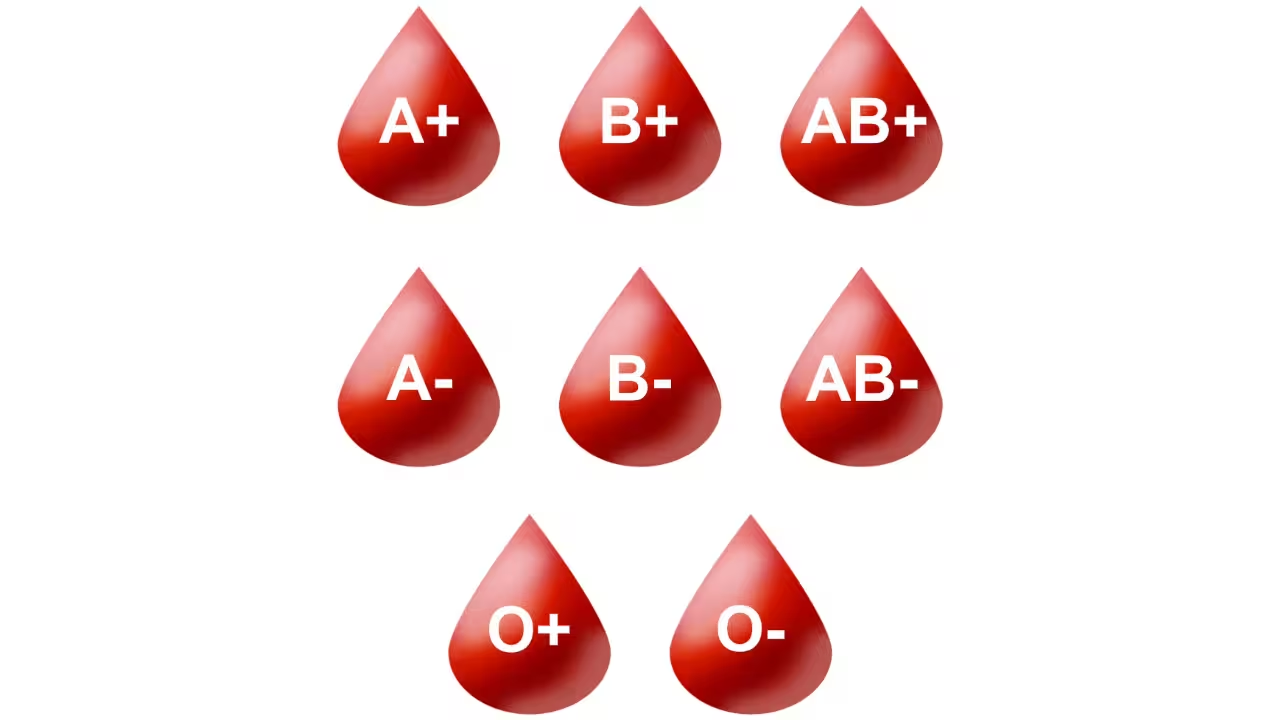
The ABO system classifies blood based on the presence or absence of A and B antigens on red blood cells and the corresponding antibodies in plasma.
When a blood vessel is damaged, the body activates a clotting system to prevent excessive blood loss. This involves platelets, plasma proteins, and a series of reactions that form a stable clot while the tissue heals.
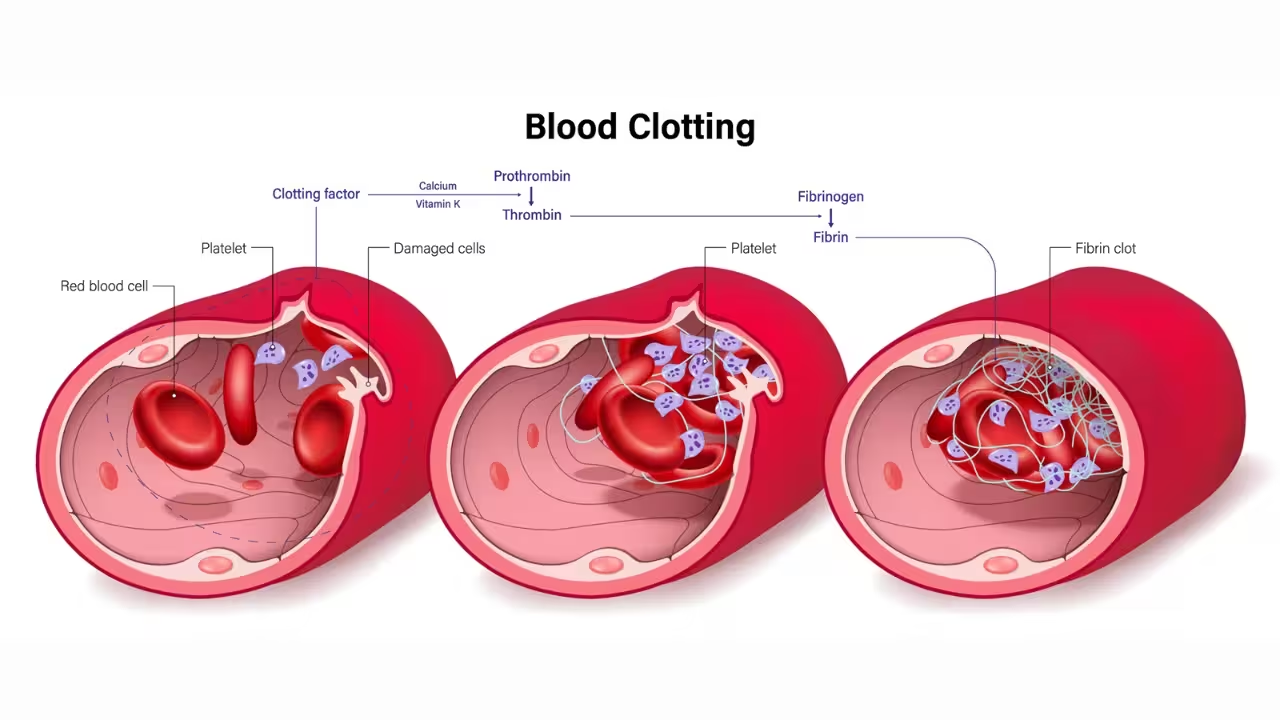
Key Points
Blood is vital for carrying oxygen, fighting infections, and clotting when you get injured. But sometimes, blood components don’t work properly, leading to various disorders. Here are some common blood disorders:
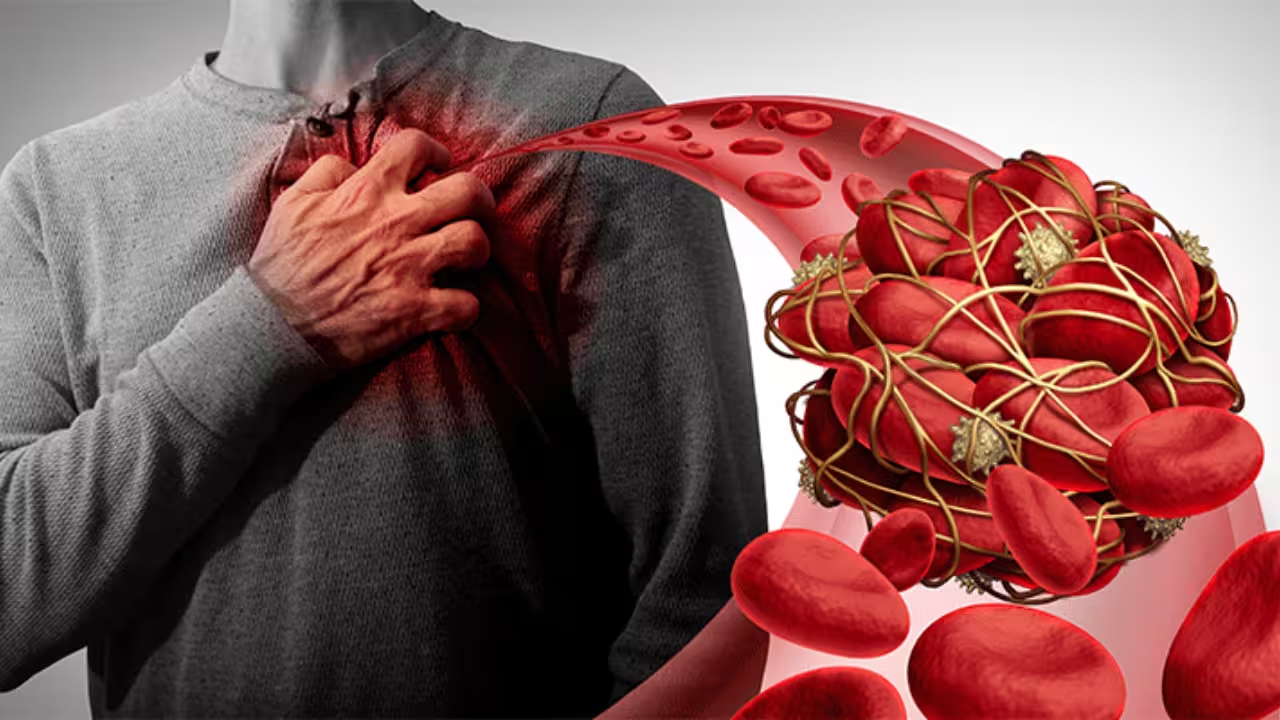
Low red blood cell count or hemoglobin reduces oxygen delivery to tissues. It can cause fatigue, weakness, and pale skin. Iron deficiency, vitamin B12 deficiency, or genetic conditions like thalassemia are common causes.
A type of cancer affecting white blood cells (lymphocytes). It leads to frequent infections, weakness, and bleeding problems because the body produces abnormal WBCs that don’t function properly.
A genetic disorder in which blood fails to clot properly due to missing clotting factors. Even small injuries can result in prolonged bleeding.
An inherited condition where hemoglobin production is abnormal, causing destruction of RBCs and anemia. Symptoms include fatigue, pale skin, and delayed growth.
A low platelet count that can cause easy bruising and excessive bleeding. It may occur due to infections, medications, or bone marrow disorders.
A disorder with high red blood cell count, which thickens the blood and increases the risk of clotting or stroke.
Knowing these disorders helps you learn how blood components work together to keep the body healthy. Problems with RBCs affect oxygen transport, WBC issues weaken immunity, and platelet or clotting factor deficiencies impact bleeding control.
A blood transfusion is the process of transferring blood or its components from one person to another. It’s essential when someone loses blood due to injury, surgery, or certain diseases. But not all blood types are compatible - giving the wrong type can trigger serious reactions.
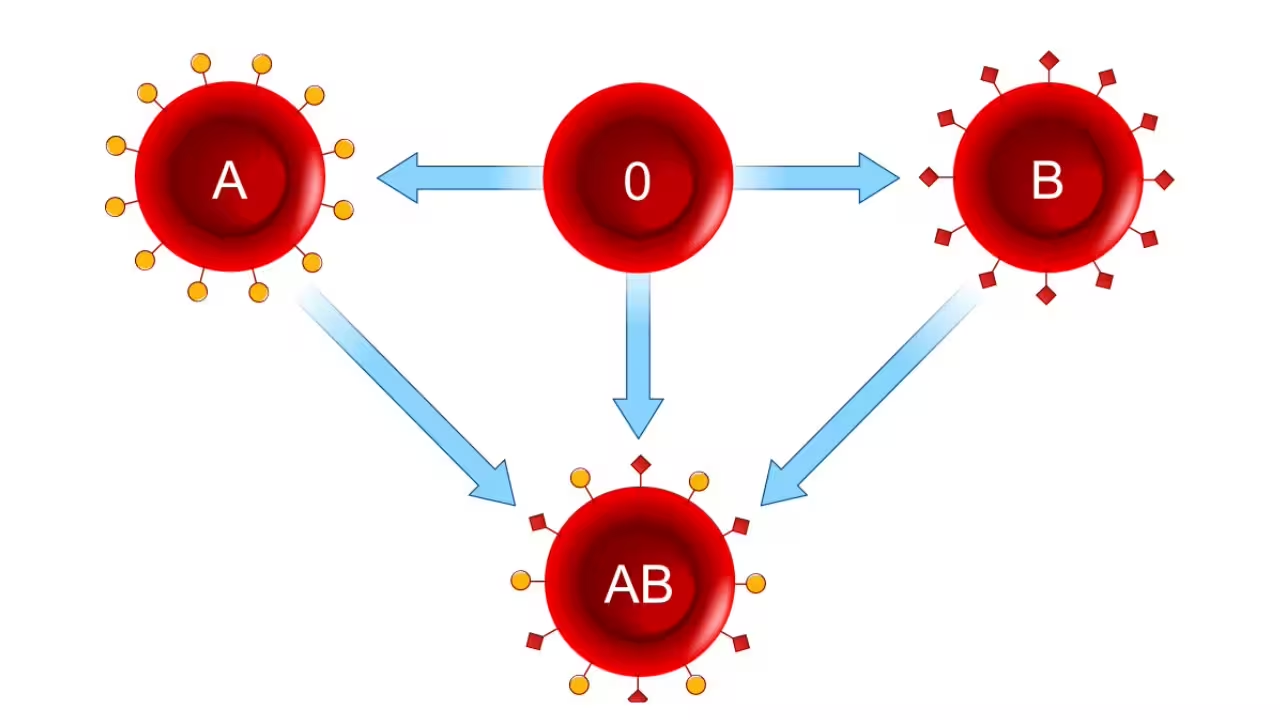
1. ABO Compatibility:
2. Rh Factor Compatibility:
3. Platelets and Plasma:
4. Special Blood Types:
Correct transfusions save lives by restoring oxygen delivery, immunity, or clotting ability, while wrong transfusions can cause reactions ranging from fever to life-threatening hemolysis.
Keeping blood volume within the right range is crucial for healthy circulation and maintaining blood pressure. The body uses several systems that work together to balance blood volume.
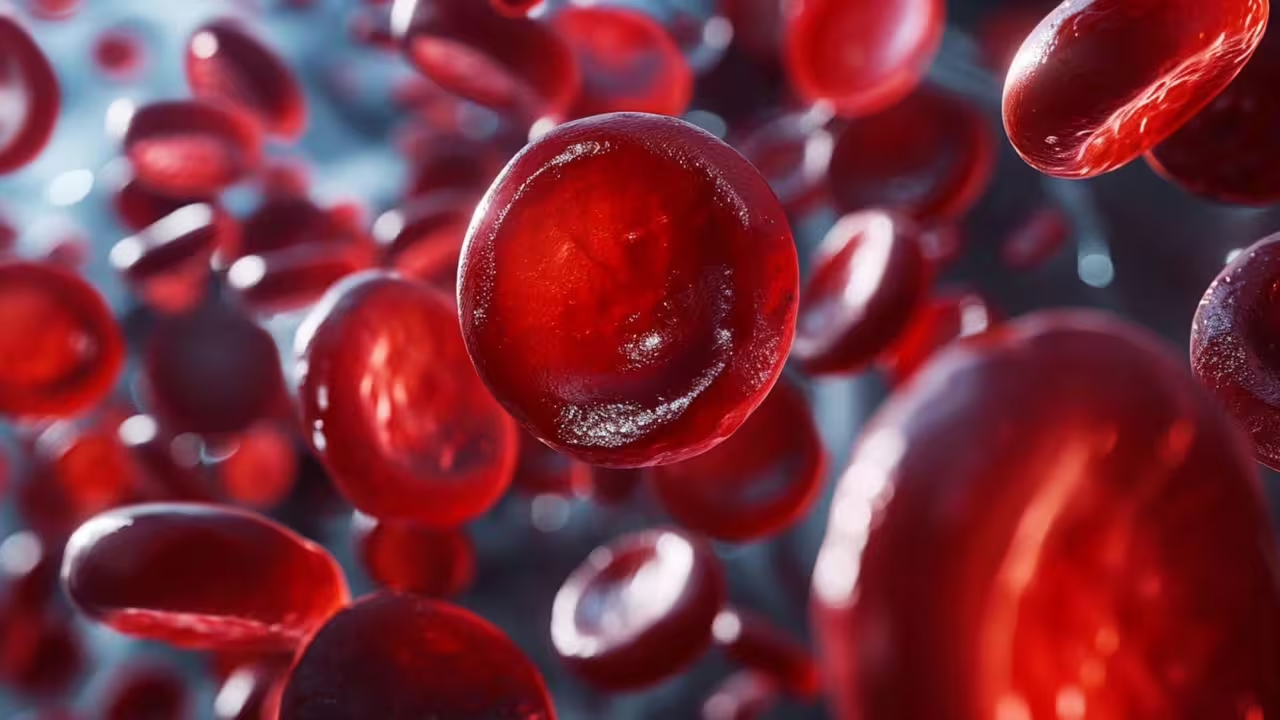
The kidneys sense changes in blood pressure and volume. They release renin, which triggers angiotensin activation, causing the body to retain water and salt, increasing blood volume.
Produced by the pituitary gland, ADH tells the kidneys to retain water, helping prevent dehydration and maintain proper blood volume.
Secreted by the heart’s atria when blood volume is high. ANP promotes excretion of sodium and water through urine to reduce blood volume.
When blood osmolarity rises, it triggers thirst, prompting you to drink water and restore blood volume.
Water moves between blood vessels and surrounding tissues based on osmotic and hydrostatic pressures, helping maintain a balanced blood volume.
Blood must stay slightly alkaline, around pH 7.35 - 7.45, for the body to function properly. Imagine it like a balancing act: every time acids or bases enter the blood, the body quickly steps in to keep things stable.
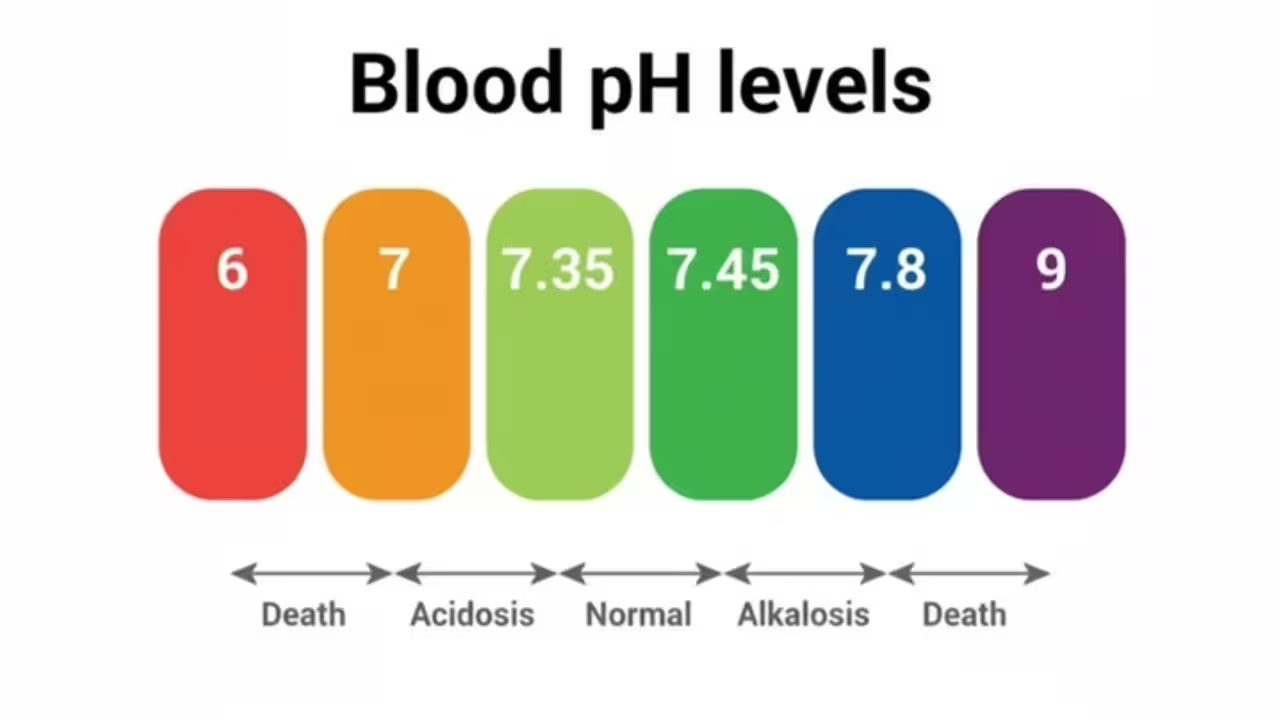
Think of it like a team effort: buffers handle immediate changes, lungs react fast to CO₂, and kidneys make long-term corrections. Together, they ensure your blood stays in the perfect pH range for all the cells and enzymes to work.
Blood isn’t just about carrying oxygen or nutrients - it’s also one of the body’s main defense systems. Every drop of blood carries cells and proteins that constantly guard you against infections, viruses, and other harmful substances. Together, they form your immune response, which detects, attacks, and remembers any invading germ that tries to enter the body.
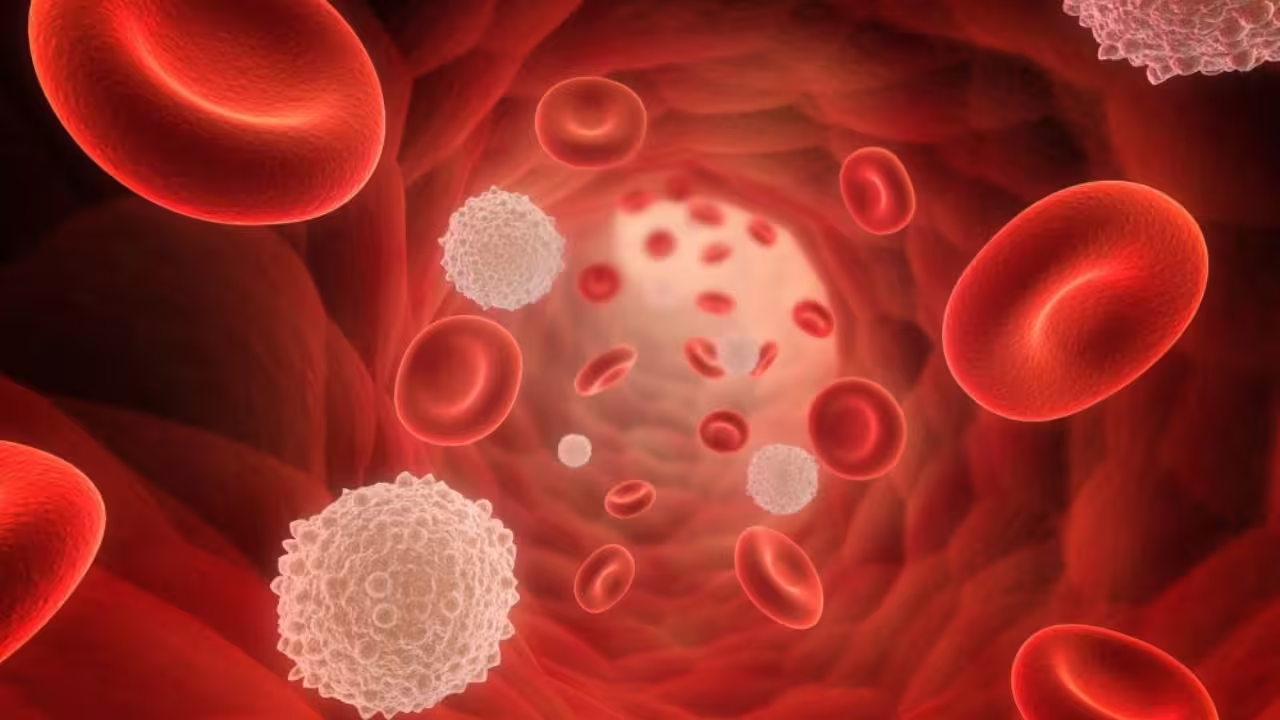
Some white blood cells, like lymphocytes and monocytes, are always on the lookout for bacteria, viruses, or any foreign particles that enter the body.
When an infection begins, neutrophils reach the affected area first. They surround and destroy germs through a process called phagocytosis - basically “eating up” the invaders.
Then come the lymphocytes.
After recovery, some lymphocytes stay back as memory cells. They help the body respond faster if the same infection happens again - that’s how long-term immunity develops.
The plasma part of blood carries antibodies, complement proteins, and cytokines, which make the immune response stronger. Even platelets help by releasing chemicals that signal immune cells when there’s an injury or infection.
So, while we usually think of blood as a transporter, it’s actually a big part of our immune defense system, quietly protecting us every day
The human body has a closed circulatory system, which means blood flows continuously within blood vessels, pumped by the heart. This system ensures every cell gets oxygen and nutrients while removing waste products like carbon dioxide.
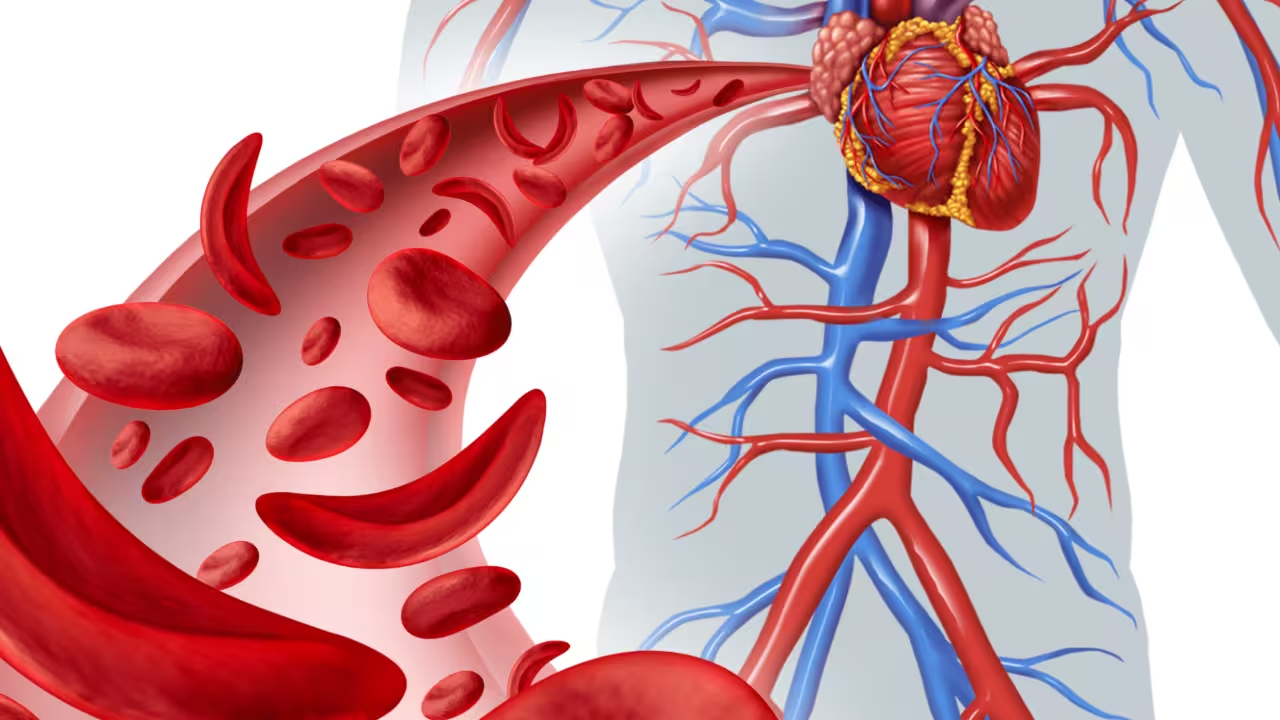
The heart is the central pump of the circulatory system. It has four chambers - two atria (upper chambers) and two ventricles (lower chambers). The right side handles deoxygenated blood, while the left side pumps oxygenated blood.
Proper circulation keeps the body’s cells alive and functioning. If blood flow stops even for a few minutes, tissues begin to die due to lack of oxygen - showing how vital this system truly is.
Imagine you go to a doctor for a routine checkup or because you feel unwell. The doctor orders some blood tests - here’s what each one tells you:

If you’re feeling tired or weak, a CBC can reveal whether your red blood cells are low (anemia) or if your white blood cells are high (infection). Platelet count is checked too, to see if your blood can clot normally.
Say you have body pain or inflammation. The ESR test shows how fast your red blood cells settle. A faster rate usually signals inflammation somewhere in your body, helping doctors pinpoint issues.
If you’re short of breath or dizzy, a hemoglobin test will check how much oxygen your blood can carry. Low hemoglobin means anemia, while high levels may indicate dehydration or other conditions.
If you feel unusually thirsty or tired, a blood glucose test can detect high sugar levels, which could point to diabetes.
Before any transfusion, doctors need to know your ABO and Rh blood group to ensure compatibility. The wrong type can cause serious reactions.
If you bruise easily or get frequent infections, these tests help. Low platelets can mean bleeding problems, while abnormal white blood cell counts may suggest infection or immune issues.
